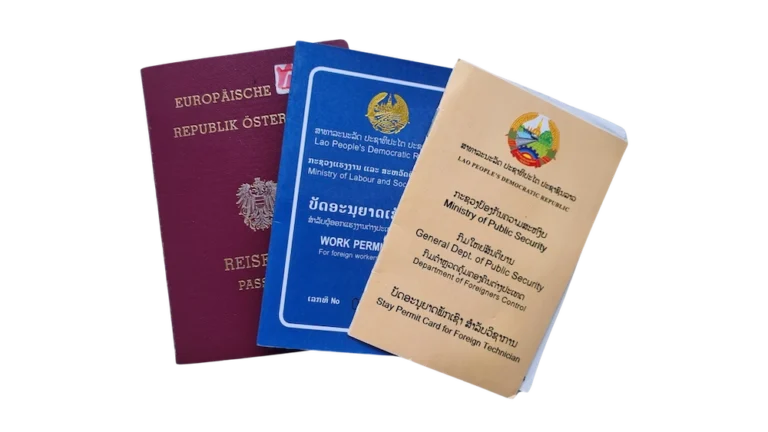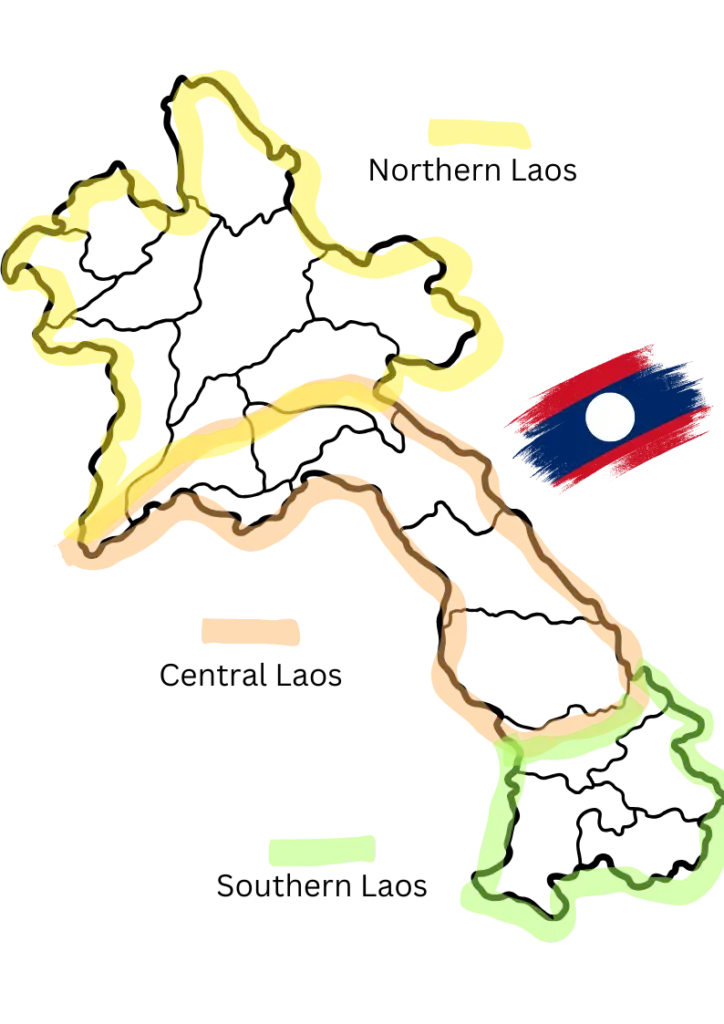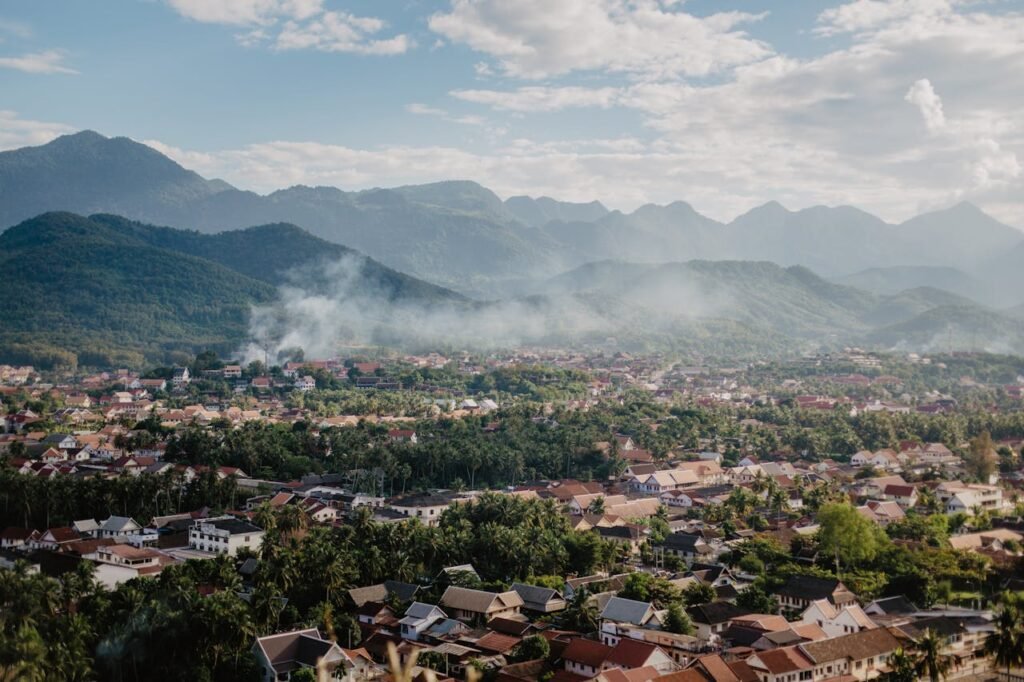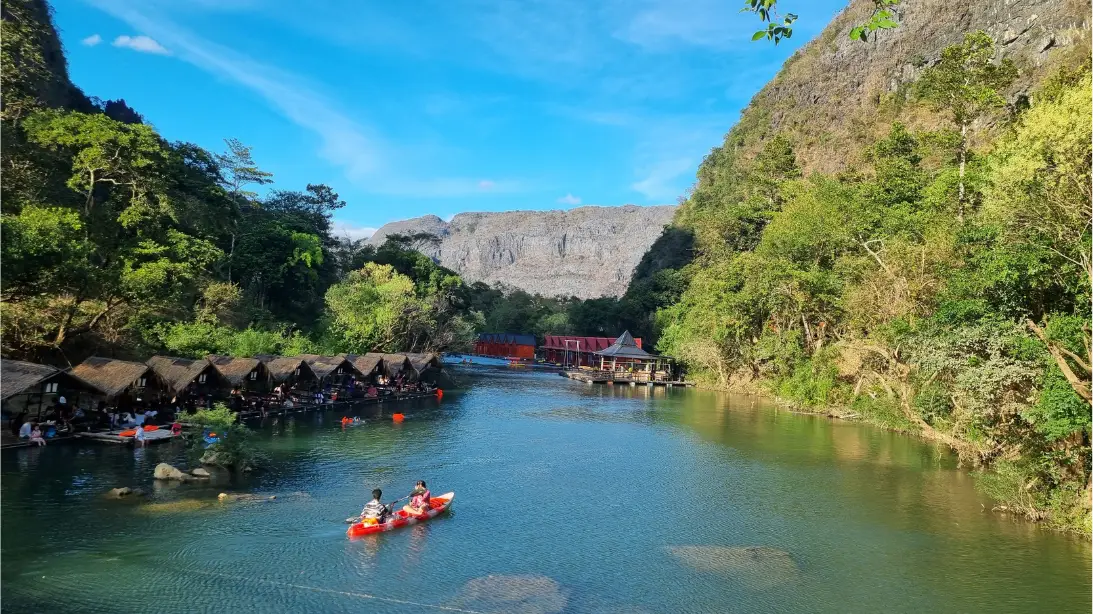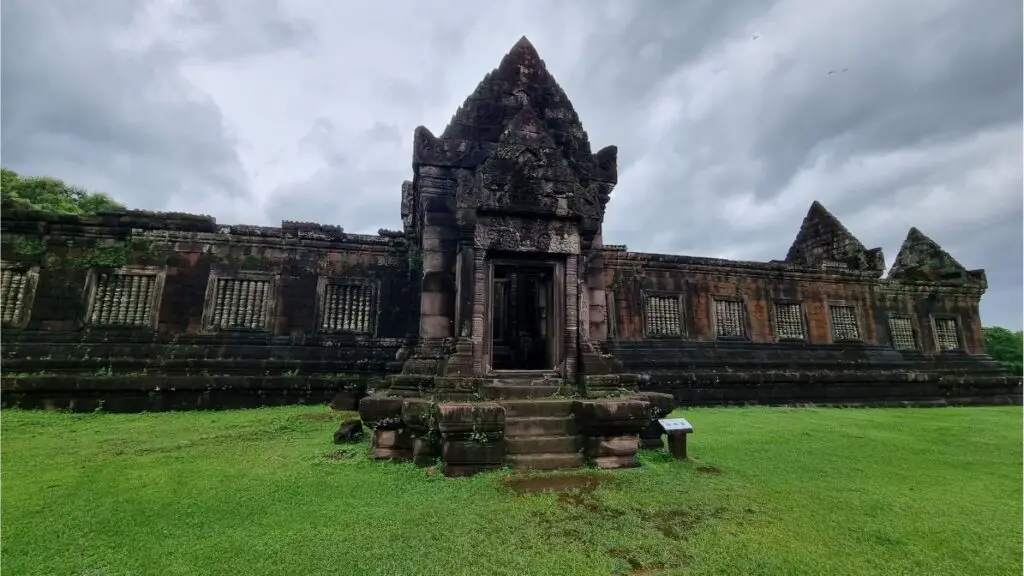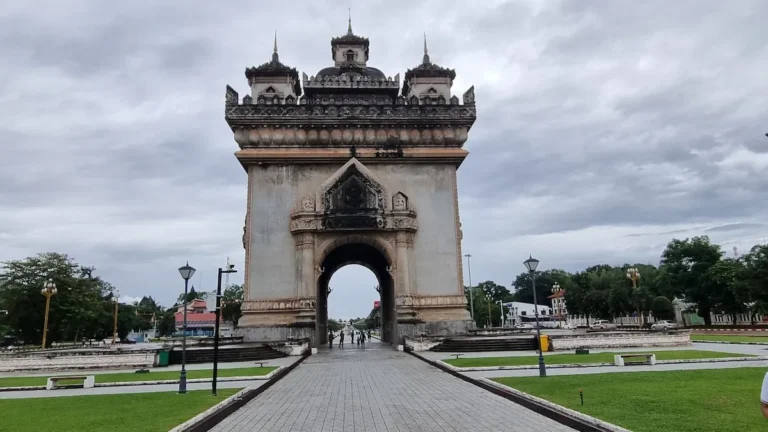The biggest portion of the country is Northern Laos.The region is predominantly mountainous, with the Himaphan & Annamite mountain ranges dominating the landscape. It is known for its rugged terrain, deep valleys and forests. Therefore the northern region of Laos is popular among tourists because of many available outdoor activities & attractions, such as trekking & hiking, pristine waterfalls, experiencing local village life & hill tribes, viewpoints, adventure & wildlife tourism. Northern Laos covers about 63,000 square kilometers, roughly one-third of the country’s total area. It is bordered by China to the north, Vietnam to the east and Thailand to the west.
The estimated population in the north area around 2.5 – 3.0 million people with a large number of different ethnic groups inhabiting the area, such as Hmong, Khmu, Tai Lue, Akha, Yao (Mien).
Because of it’s landscape & diversity, most of the touristic sites are located in the northern lao region.
Vang Vieng: While technically in central Laos, it’s proximity to the northern region, the limestone mountains and rivers make it a popular destination for outdoor activities like kayaking, tubing, and trekking.
Luang Prabang: A UNESCO World Heritage Site & former capital of the kingdom – famous for it’s beautiful temples, colonial architecture & vibrant night markets. It is also a center for Buddhist culture and education. Luang Prabang is one of the most popular tourist choices because of many activities for travelers.
Nong Khiaw: A picturesque village on the banks of the Nam Ou River, famous for its dramatic karst mountains and outdoor activities like trekking, kayaking, and rock climbing. Just around 3 hours north of Luang Prabang by minivan.
Muang Sing: A small town near the Chinese border known for its hilltribe cultures and trekking opportunities, including visits to remote villages.
Phongsali: Known for its remote and untouched landscapes, this area offers a mix of ethnic cultures, stunning mountain scenery, and opportunities for trekking.
Xieng Khouang: With it’s provincial capital Phonsavan Home to the Plain of Jars, a mysterious archaeological site with large stone jars scattered across the landscape.
Luang Namtha is a popular eco-tourism destination known for its stunning nature, trekking opportunities and diverse ethnic villages like the Akha, Hmong & Tai Lue.
Bokeo Nature Reserve: A wildlife reserve where you can find the black-cheeked gibbon, and also home to the famous Gibbon Experience.
All Provinces in Northern Laos: Luang Prabang, Oudomxay, Bokeo, Phongsali, Xieng Khouang, Houaphanh, Sainyabuli, Luang Namtha
